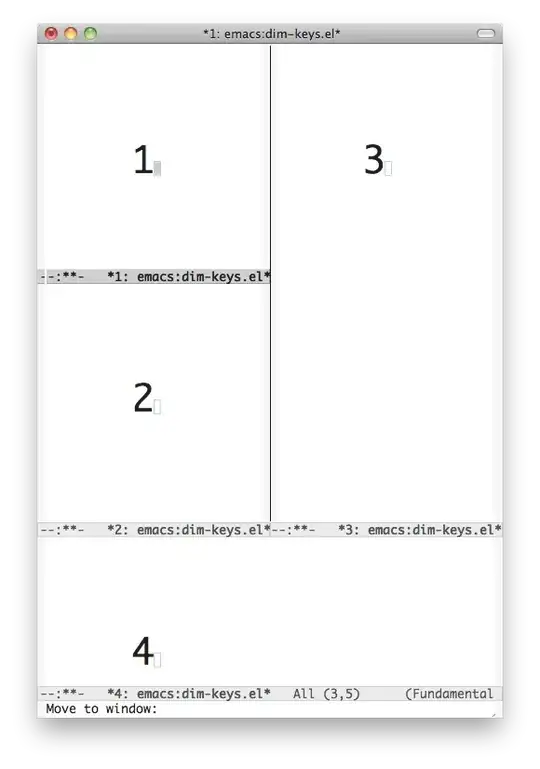I am writing a small window navigation and manipulation package. Windows are numbered very much like WindowNumberingMode.
To make this concrete I have a series of commands:
"C-, 1" ; Move focus to (select) window #1
.. ; ..
"C-, 9" ; Move focus to (select) window #9
"C-, m 1" ; Move current buffer and focus to window #1
.. ; ..
"C-, m 9" ; Move current buffer and focus to window #9
"C-, x 1" ; Exchange current buffer and focus with window #1
.. ; ..
"C-, x 9" ; Exchange current buffer and focus with window #9
.. ; ..
At the time that I type "C-," I would like to offer visual prompts (similar to switch-window): 
Can I do this and continue collecting the remainder of my key-sequence? Do I need "C-," to switch to a new minor-mode?